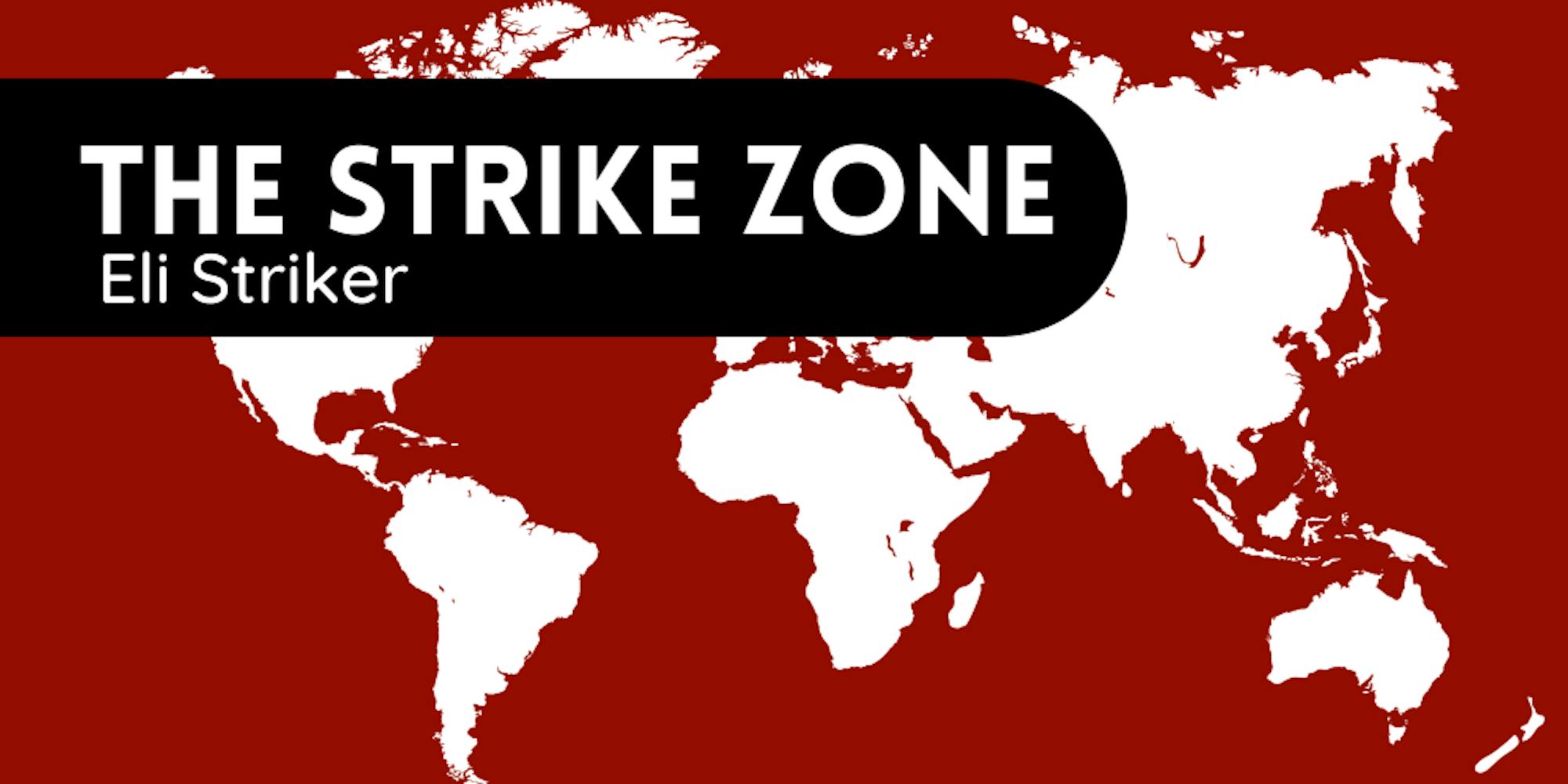The Assad dictatorship in Syria — led for 50 years by Hafez al-Assad and his son Bashar — has been brutal, long-lasting and authoritarian. Even movements such as the 2011 Arab Spring revolts, which dethroned dictators in Libya, Egypt and Tunisia, did little to dislodge Assad's iron grip on its civilians. The revolts prompted a still-ongoing civil war in Syria, in which millions of Syrians were forced to seek refuge, were externally displaced or perished from the violence. Tragically, the Assad regime has been the main perpetrator of human rights abuses throughout the war, abandoning its obligation to protect Syrian citizens. In her book, “Ambiguities of Domination,” Lisa Wedeen illustrates how this phenomenon reflects the politics of “as if."Per Wedeen, the Assad regime does not care about Syrian citizens, but it acts as if it cares in order to appear legitimate.Conversely, many Syrians do not necessarily support the Assad regime, but act as if they do to escape persecution.
In the chapter “Signs of Transgression,” Wedeen describes how artists express satisfaction with the status quo without provoking the Assad regime. In this chapter, Wedeen analyzes Syrian plays, films, jokes and cartoons that denounce the Syrian government. Wedeen hypothesizes a tacit agreement between the Assad regime and critical artists, in which the government tolerates the production of media that implicitly criticizes the status quo and artists voice their dissatisfaction and circulate their work without directly denouncing the regime. She postulates that this media functions as a “safety valve,” allowing civilians to “let out air” by expressing their dissatisfaction in pre-approved ways instead of through protests.
In particular, cartoons emerged as a key “safety valve,” with artists like Ali Farzat using cartoons to show their dissatisfaction without explicitly voicing it. One piece by Farzat depicts a disheveled civilian trapped at the bottom of a pit and a man atop the pit dressed in the attire of the Syrian military-civilian elite. Instead of providing a physical ladder for his compatriot to climb, the man at the top of the pit throws down a drawing of a ladder, indicating that the Syrian elite class creates the illusion of social mobility despite actively oppressing everyday citizens. Syria’s stratified society relies not only on the existence of inequality, but also on the pretense of its supposed eradication. In other words, to remain atop the social hierarchy, people in power must act as if they stand for their marginalized compatriots, even if they do nothing to help them.
Critical work by Syrian artists illustrates how artistic expression can serve as a tool of liberation. These pieces of Syrian culture facilitate solidarity among suppressed citizens. Critical art allows people to resist the normalization of oppression, reminding Syrian citizens that their dissatisfaction is valid and shared by other people.






